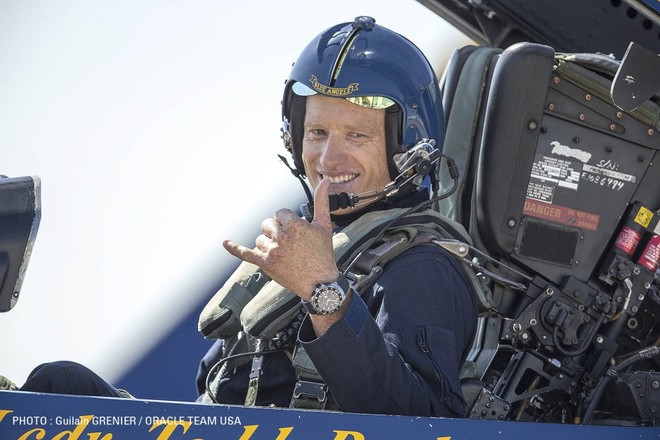Gusts are king
Sailing downwind in an asymmetric dinghy, even a relatively slow one like an RS200, the most important factor is nearly always wind strength, because boatspeed and sailing angles alter so dramatically. So when you are approaching the windward mark, take a look upwind and search for any patches of dark water coming down towards the course. If there's a big gust over your shoulder, as you're on your final approach on the starboard layline, then get ready for a gybe set.
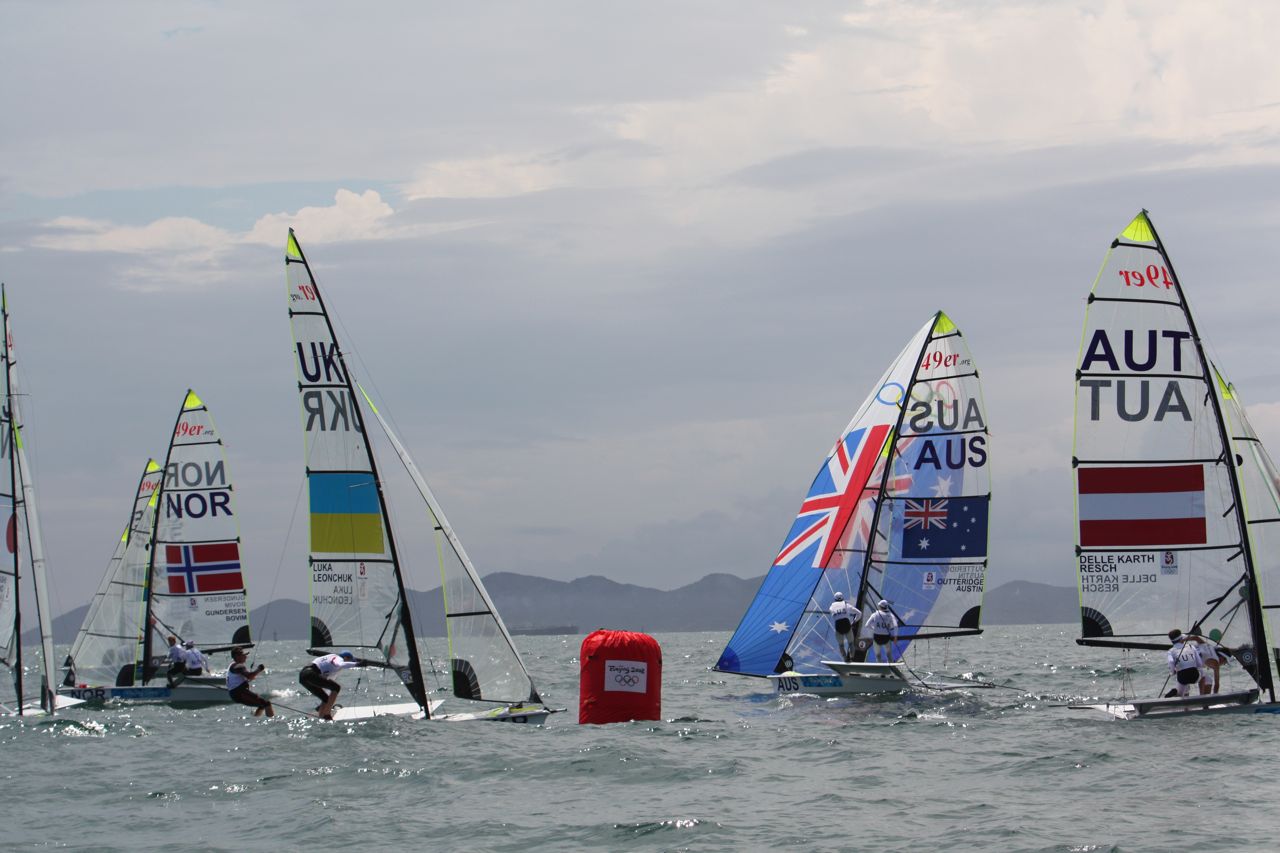
Australian 49er gybe-sets at the 2008 Olympics
Wind shifts
Hooking into an extra 3 or 5 knots of breeze is by far the most important consideration in an asymmetric boat, but if the wind strength is even across the course, think next about wind shifts. If you are approaching the windward mark on a nice starboard lift, you will want to gybe to take advantage of the same shift, which once you're going downwind will be a port header. If a header up the end of the beat made it hard to make the windward mark on starboard tack, that is your cue to go for a straight set and hoist the gennaker on starboard.
If you pick up a starboard lift which is also gusting, then you will most likely want to gybe straightaway. Your angles can change massively in this scenario, and you may find that you almost pointing at the leeward mark once you have gybed. If you carry on and hoist onto starboard in this lifting gust situation, you are in danger of overstanding the layline and losing ground to those who gybe set behind you.
Tidal considerations
If there is current or tide on the course, then remember that what helps you upwind hinders you downwind, and vice versa. So be aware of the state of the tide as round each mark and consider your tactics accordingly.
Where is the fleet?
We've thought about some strategic factors, now let's think about some tactical, boat-to-boat considerations. If you're rounding the windward mark for the first time, in the front half of the fleet, chances are there'll be a line of boats behind you on the starboard layline. This creates a big wind shadow in the area just to leeward, so you have to have a really good case for gybe-setting in this situation. If you've just been enjoying that big starboard lifting gust we talked about earlier, then gybe set away, and you'll soon be out of that nasty wind hole. Otherwise, hoist on starboard and sail for at least 100 metres before making your first gybe. That way, you'll avoid the worst of the disturbed air. But if you're in the back half of the fleet, the wind hole won't be so great, so you can revert to your strategic considerations.
Nothing to lose
If you're right at the back and running out of time to make up places in the race, then your best bet is often to do the opposite to what most of the fleet is doing. As at least three-quarters of the fleet usually does a straight hoist on starboard, you have nothing to lose in gybe setting and seeing if you pick up a 'gust from heaven' on the left hand side of the course. You've really got nothing to lose in this situation, because unless a load of boats capsize, you're unlikely to overtake them going the same way. Might as well gybe and see if the wind gods smile on you.
So to recap, here is your list of priorities:
- Where's the GUST?
- What SHIFT are you on?
- What is the TIDE doing?
- Is the fleet creating a WINDSHADOW?
- If you're doing badly, do the OPPOSITE to the bulk of the fleet.
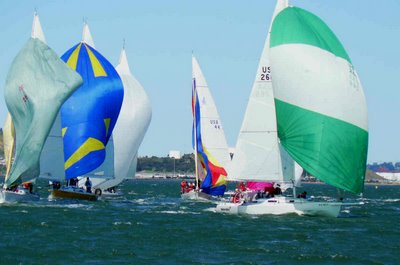

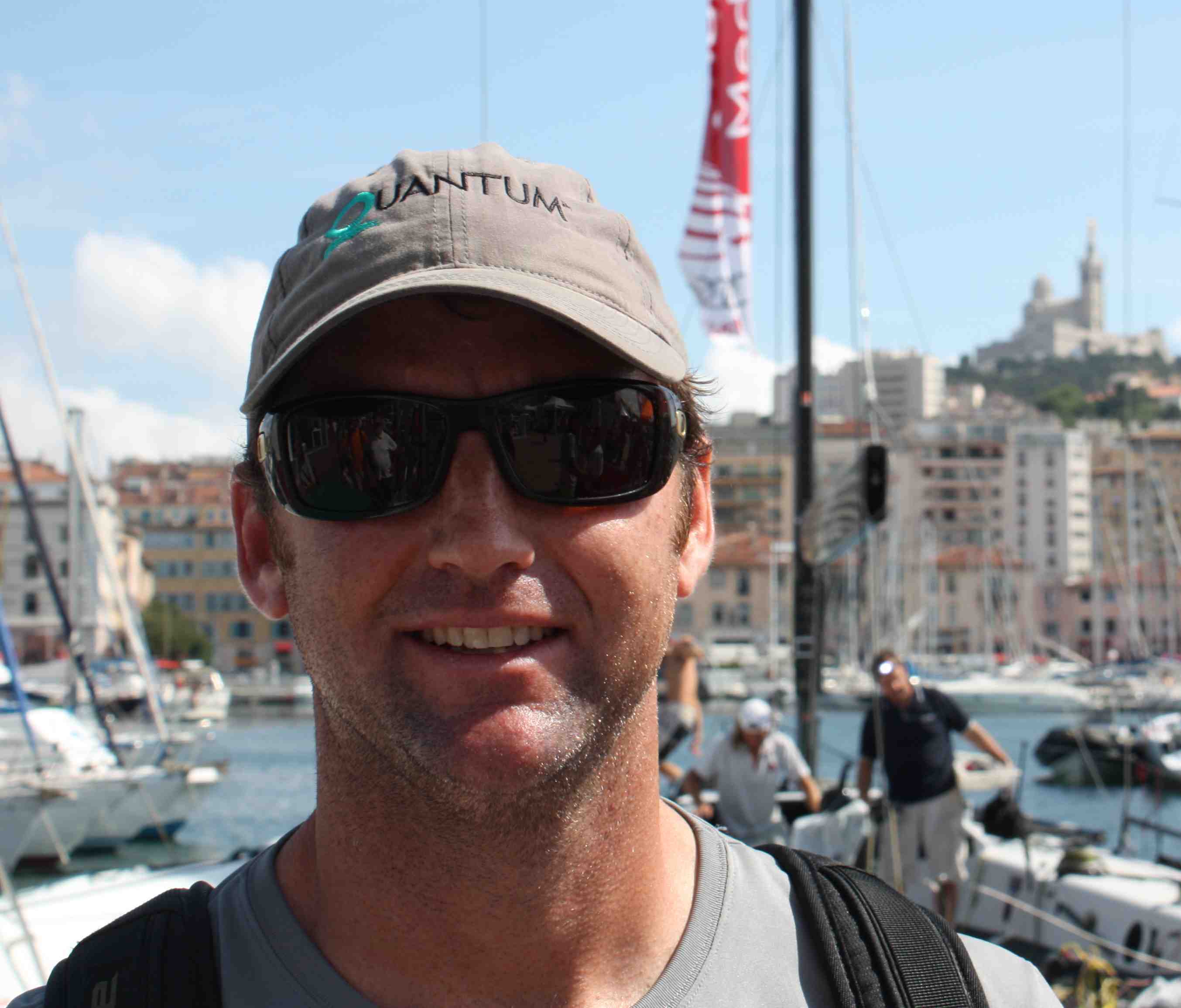
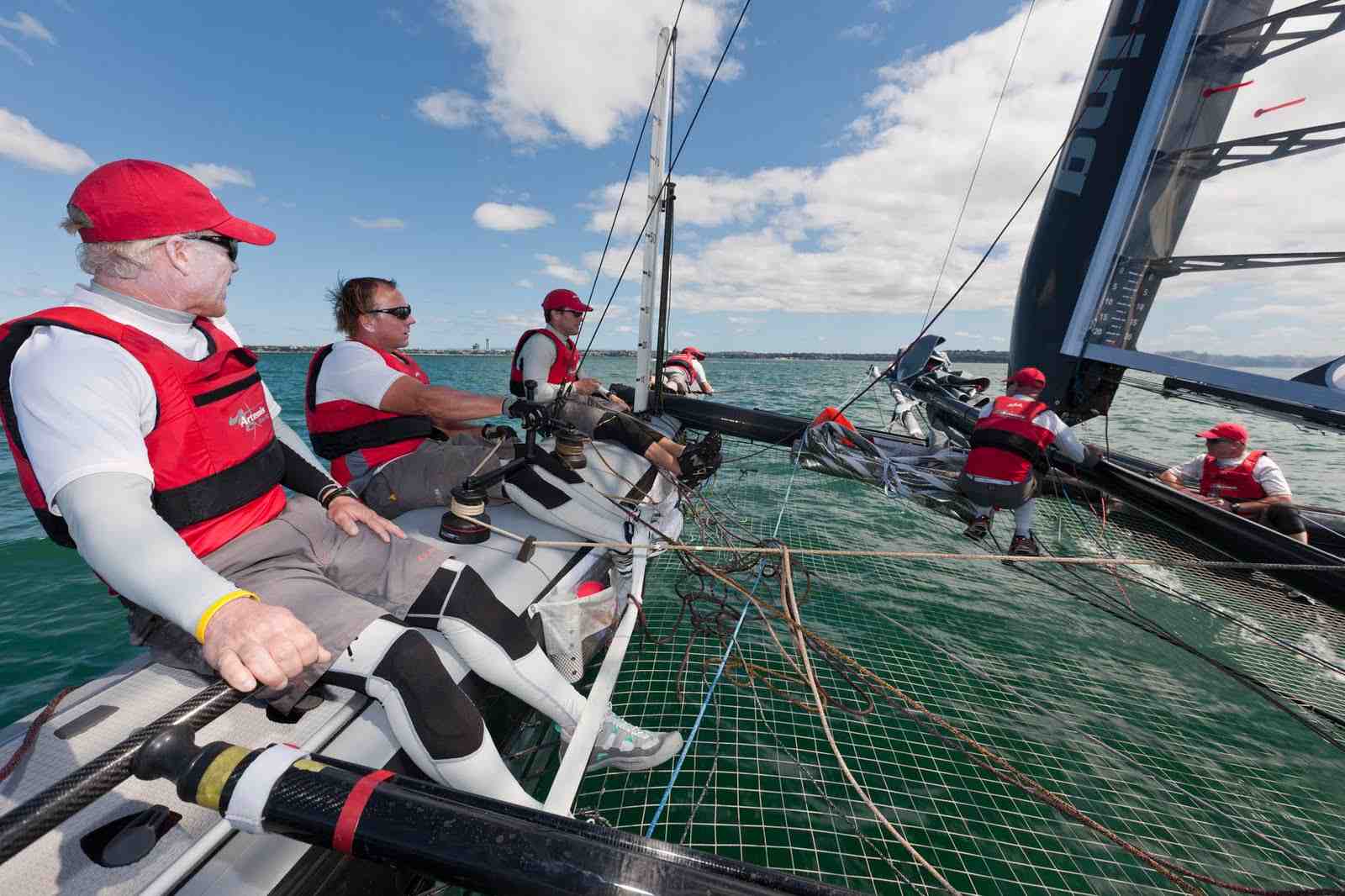 Audio: Terry Hutchinson explains his philosophy of getting out of a tight spot if he's faced with a wall of boats ahead of him... "
Audio: Terry Hutchinson explains his philosophy of getting out of a tight spot if he's faced with a wall of boats ahead of him... "
